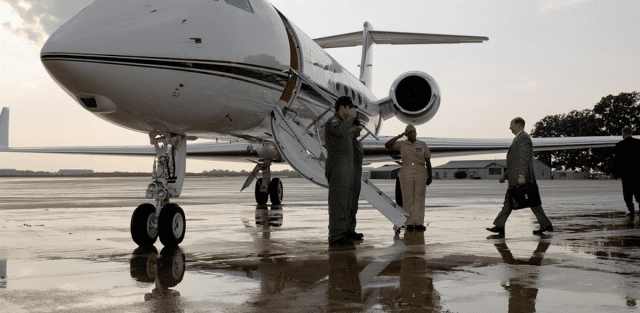Certificate

A Certificate must be issued to any pilot, including a private jet pilot, before they are permitted to fly an aircraft of any kind. The Civil Aviation Authority (CAA) in each country issues pilot certification. Each holder must meet specific experience and knowledge requirements and pass a flying test in order to receive their certificate.
The Different Types of Certification
Before becoming a private jet pilot, the pilot may hold certifications at different levels. Some of the most common levels and categories include:
- Student – This certification requires that the student operator must always fly with a certified flight instructor and cannot have passengers aboard the aircraft.
- Sport – A sport certification means the pilot may only carry one passenger, fly during daytime hours, and limits the type of aircraft allowable for flight.
- Recreational – Recreational pilots are restricted to aircrafts up to 180 horsepower, four seats, and daytime flight for pleasure only.
- Private – Private operators may fly for pleasure or personal business only. They cannot be compensated or hired by any operator.
- Commercial – Pilots with this certification level are able to fly any aircraft and be compensated for their time accordingly.
- Flight Instructor – flight instructors begin as commercial pilots and then receive additional training so they can safely teach others to fly.
- Airline Transport Pilot (ATP) – ATPs are qualified to fly the major airliners and must have a large amount of training and experience before holding this certificate.
A Certificate must be issued to any pilot, including a private jet pilot, before they are permitted to fly an aircraft of any kind. The Civil Aviation Authority (CAA) in each country issues pilot certification. Each holder must meet specific experience and knowledge requirements and pass a flying test in order to receive their certificate.
The Different Types of Certification
Before becoming a private jet pilot, the pilot may hold certifications at different levels. Some of the most common levels and categories include:
- Student – This certification requires that the student operator must always fly with a certified flight instructor and cannot have passengers aboard the aircraft.
- Sport – A sport certification means the pilot may only carry one passenger, fly during daytime hours, and limits the type of aircraft allowable for flight.
- Recreational – Recreational pilots are restricted to aircrafts up to 180 horsepower, four seats, and daytime flight for pleasure only.
- Private – Private operators may fly for pleasure or personal business only. They cannot be compensated or hired by any operator.
- Commercial – Pilots with this certification level are able to fly any aircraft and be compensated for their time accordingly.
- Flight Instructor – flight instructors begin as commercial pilots and then receive additional training so they can safely teach others to fly.
- Airline Transport Pilot (ATP) – ATPs are qualified to fly the major airliners and must have a large amount of training and experience before holding this certificate.








